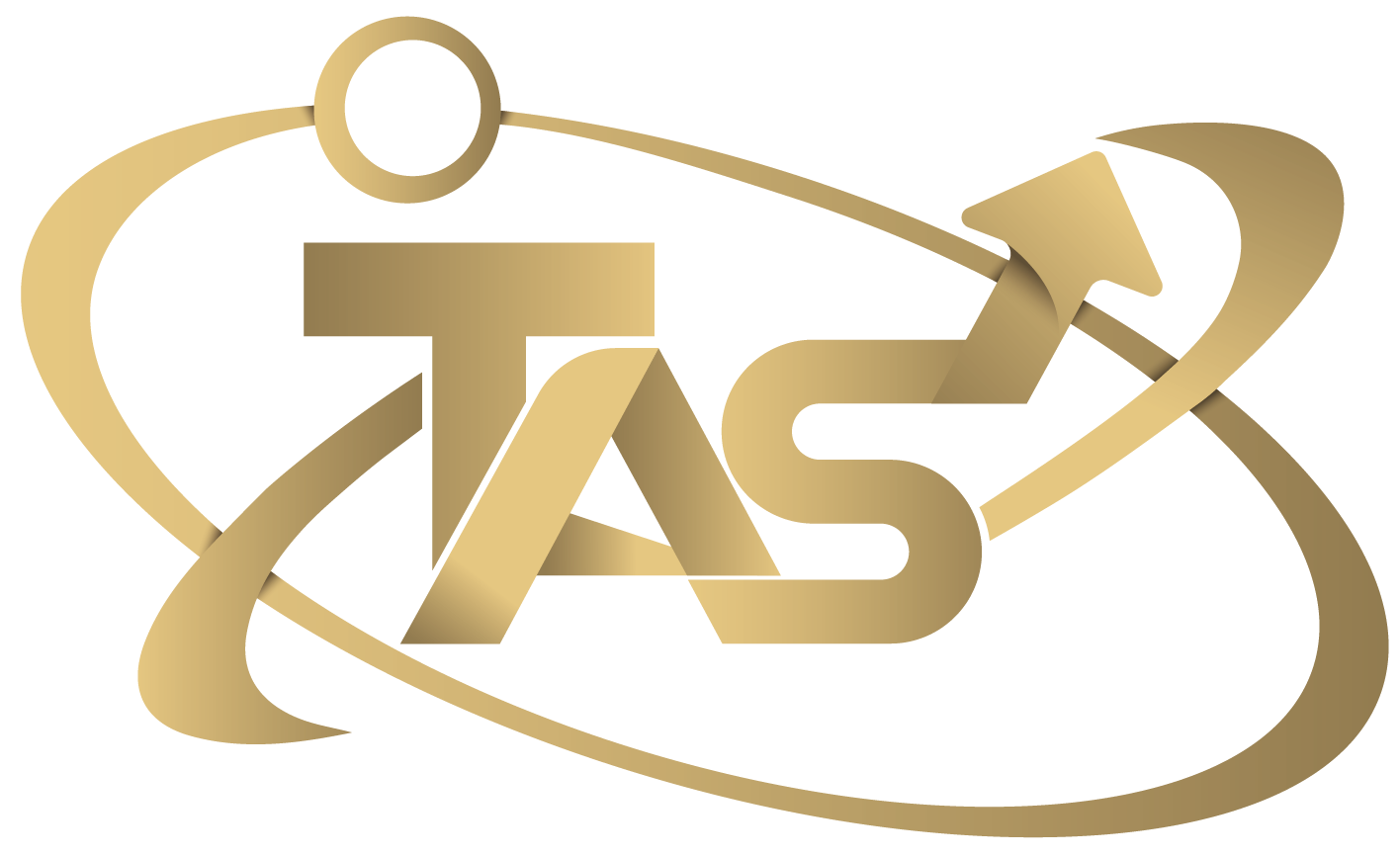What is Color Psychology?
The idea behind color psychology is that different colors can cause a physical or emotional response, affecting people’s behavior. This isn’t relatively as straightforward as seeing red and being angry or seeing blue and feeling calm—but it’s close. According to medical studies, red correlates with a rise in blood pressure, while blue correlates with a decrease.
Using colors that complement your company’s objectives and target market is essential because color can affect how consumers perceive various brands and items in marketing.
What Role Does Color Psychology Play in Marketing?
Effective marketing aims to establish a connection with customers immediately and to cultivate customer loyalty and brand awareness. A significant part of how we do this is through color psychology! While a compelling logo and well-chosen company name can aid in connecting with customers, the colors used to bring logos, advertisements, websites, and other marketing tools to life convey a subtle but powerful message. Customers are already forming judgments about the style and tone of a business based on the colors used without even realizing it. Brands can engage with the audience and motivate them to take action by strategically placing and arranging colors.
Different Colors and Their Meanings
Red
The color red signifies affection, passion, appetite, and emotions. Color serves as a signal, stimulates purchasing, quickens the heart rate, and increases a person’s appetite. Food delivery services frequently employ the color red. However, red also represents discounts and is common to draw attention to price reductions. The different color gradations each have their effect. Consequently, pink is fun, wine red is classy, and bright red is the standard signal color. When considering the role of color psychology in marketing, it’s important to remember that using red requires careful consideration.
Yellow
This color makes you more cheerful even though it strains your eyes, stimulates your mental process, and promotes communication. It stands for positivity, youth, and clarity in marketing. It is employed to draw window shoppers’ attention. According to research, it’s the first color babies respond to. That is why it’s the most frequently found on toys and baby products. The color has one of the longest wavelengths, making it one of the most psychologically appealing. Additionally, it is very noticeable and draws attention to itself. It’s essential to strike the perfect balance when utilizing yellow in your store because employing too much of it can make people anxious.

Blue
The color blue stands for the sky, the ocean, and tranquility. The color increases productivity, suppresses appetite, is well-liked by males, and conveys confidence and security. For instance, the colors of the technological companies Meta, Siemens, HP, and Amazon Prime are blue. It conveys seriousness and makes businesses seem reliable and professional. Banks and insurance companies are also big fans of the color. Similarly, blue is popular in cosmetics and medicine since the connotations with the color are virtually entirely pleasant. There are also gradations here. Turquoise appears innovative and creative, light blue is peaceful, and bright blue is energizing.
Orange
Orange exudes warmth, passion, and excitement. It also reflects caution. It represents anger in marketing and sways impulsive buyers. Orange-themed brands are joyful and assertive. It is utilized for creating a call to action, such as “subscribe,” “buy,” or “sell.” The color is connected with affordability and high quality. It is used in thrift stores such as Payless and Home Depot. Other companies that use orange in their branding include Amazon, Nickelodeon, Hooters, Mozilla, and coupon websites, including Coupon Cabin, Domain Promo, and Fat Wallet.
Green
Green is a color that stands for nature, growth, health, and wealth.
- Has a calming effect.
- Has links to wealth.
- Represents fertility.
- Represents a connection to nature.
The color green sparks many good associations. According to color psychology in marketing, color represents health and naturalness. The target audience see the companies that employ green as sustainable. Due to rising environmental awareness, the prevalence of color in marketing is consistently increasing; green, for instance, is a popular color of organic product brands. Dark green conveys seriousness, while light green is vibrant, young, and fresh—think of Starbucks or WhatsApp.
White
White may elicit many emotions despite frequently not being on the color wheel. While white is frequent to heighten the impact of darker tones like black and blue, its lack of color may make it one of the most potent tones in advertising. White can create feelings of innocence, purity, cleanliness, and modesty. Apple, Chanel, and Adidas are a few companies that employ white to give their logos and branding more drama.
Black
According to color psychology, the feelings black evokes are determined mainly by an individual’s preferences. Companies capitalize on consumers’ many positive associations with the color black, such as its association with strength, sophistication, authority, and self-assurance. Coach, BMW, Prada, and many other companies use the tone in their logos.
Marketing revolves around color. If you want your logo to stand out, increase brand recognition and loyalty, and motivate consumers to take action, use color psychology to your advantage. To learn more about how to use colors in marketing, call or contact us at TASProMarketing if you live in Richmond Hill, Ontario!






